Lime – The “Work Horse”
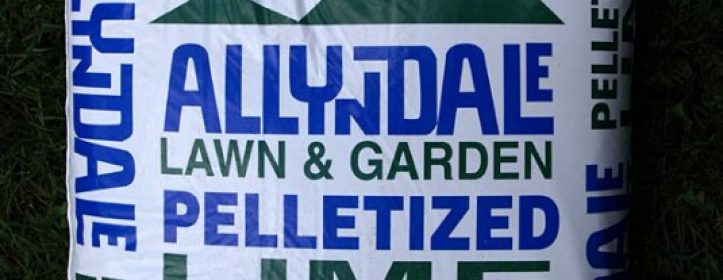
Lime does many jobs in an acid soil.
Supplies calcium and magnesium. These are nutrients needed by the plant. Calcium is present as a necessary insoluble calcium pectate in the cell wall of plants. This enables erect growth, much as the calcium phosphate in the bones of animals does for them. Calcium and magnesium also help to neutralize the organic acids that are formed in plants.
Magnesium is an essential part of chlorophyll, the green substance in the plant. In addition, it is valuable in manufacturing carbohydrates, fats, and proteins.
Corrects soil acidity. Under acid conditions, toxic amounts of aluminum, manganese, and iron are soluble and are taken into the plant. Lime in proper amounts reduces the amounts of these elements in solution.
Makes phosphorus more available. Phosphorus is most available at pH 6.0 – 7.0 on most soils. This means that phosphorus from the soil or fertilizer will be used more efficiently.
Speeds up rotting of dead plant material in the soil. The bacteria, which decompose soil organic matter, are more active on properly limed soils. This causes faster release of nitrogen and other nutrients from the dead plants. The growing plants can then reuse these nutrients.
Reduces leaching of potassium by the rain. On a properly limed soil, very little potassium is leached out. Thus, lime causes more efficient use of potassium.
Lime is like a foreman in a factory in seeing that many factors operate properly to give top output.
APPLYING LIME
New lawns or gardens. Lime moves downward in the soil very slowly. Hence, in new lawns or in gardens where the soil is worked 6 to 8 inches deep, the lime should be broadcast before the soil is worked. There will never be a better opportunity to lime the soil properly. Compared to fertilizer, much larger amounts of lime are usually applied if the soil is acid. Fifty to 100 lbs. or more of lime per 1000 sq. ft. are usually applied. This is equivalent to one to two tons per acre.
Acid sandy soils generally require light applications of lime every 2 to 3 years, and clay soils require heavier applications every 5 to 6 years. Lime can be applied at any season; late fall or winter, however, are the best times.
Copper, iron, manganese and zinc are likely to be unavailable in heavily limed soils.
Lime and Its Effects on Soils and Plants Calcium deficiency in a growing plant is characterized by the failure of the terminal buds and the apical tips to develop properly. Calcium is needed for protein synthesis and the uptake of the nitrate-nitrogen by the plants. It also plays an important part in the activity of certain enzyme systems within the plant. One of the crucial roles of calcium in the realm of plant nutrition is its ability to influence the movement of ions into the root cells by maintaining and synthesizing the membranes.
Calcium ions replace the harmful sodium ions in the soil particles. Sodium then can be leached out of the soil. The clay particles flocculate and the soil structure is improved.
How do soils become acid? Over the years calcium and magnesium, the alkaline constituents in the soil, are replaced by hydrogen and lost in the drainage water. Also, nitrogen develops acidity in the soil. While nitrogen is essential for good growth of grass, heavy applications help to make the soil more acid.
What is Lime? Agricultural lime is a calcium or calcium and magnesium carbonate capable of correcting soil acidity. The lime available to the home owner will likely be calcium carbonate (CaCO3) or a mixture of calcium and magnesium carbonate (CaCO3 and MgCO3).
Why Lime an Acid Soil? The fact that a soil is acid doesn’t mean that it is poor and no good. The acidity is simply a signal that the soil’s supply of calcium and magnesium is getting low and needs to be replenished. The more acid the soil the greater the need for lime in order to obtain good plant growth.
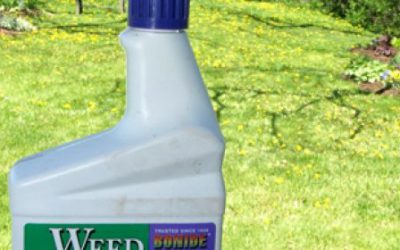

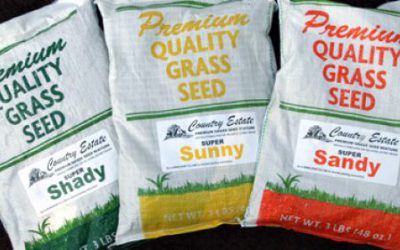

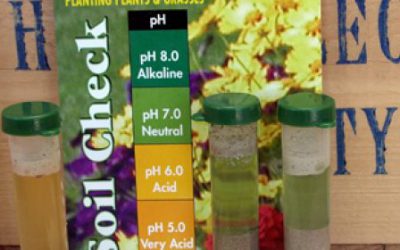
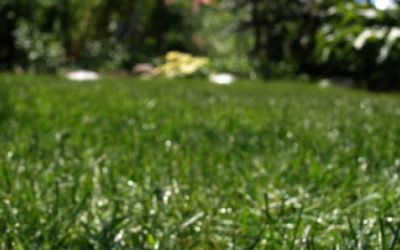
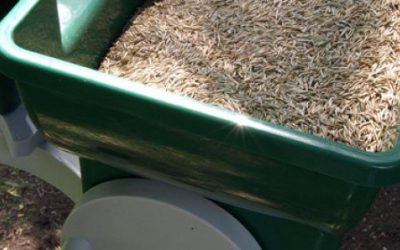
Recent Comments